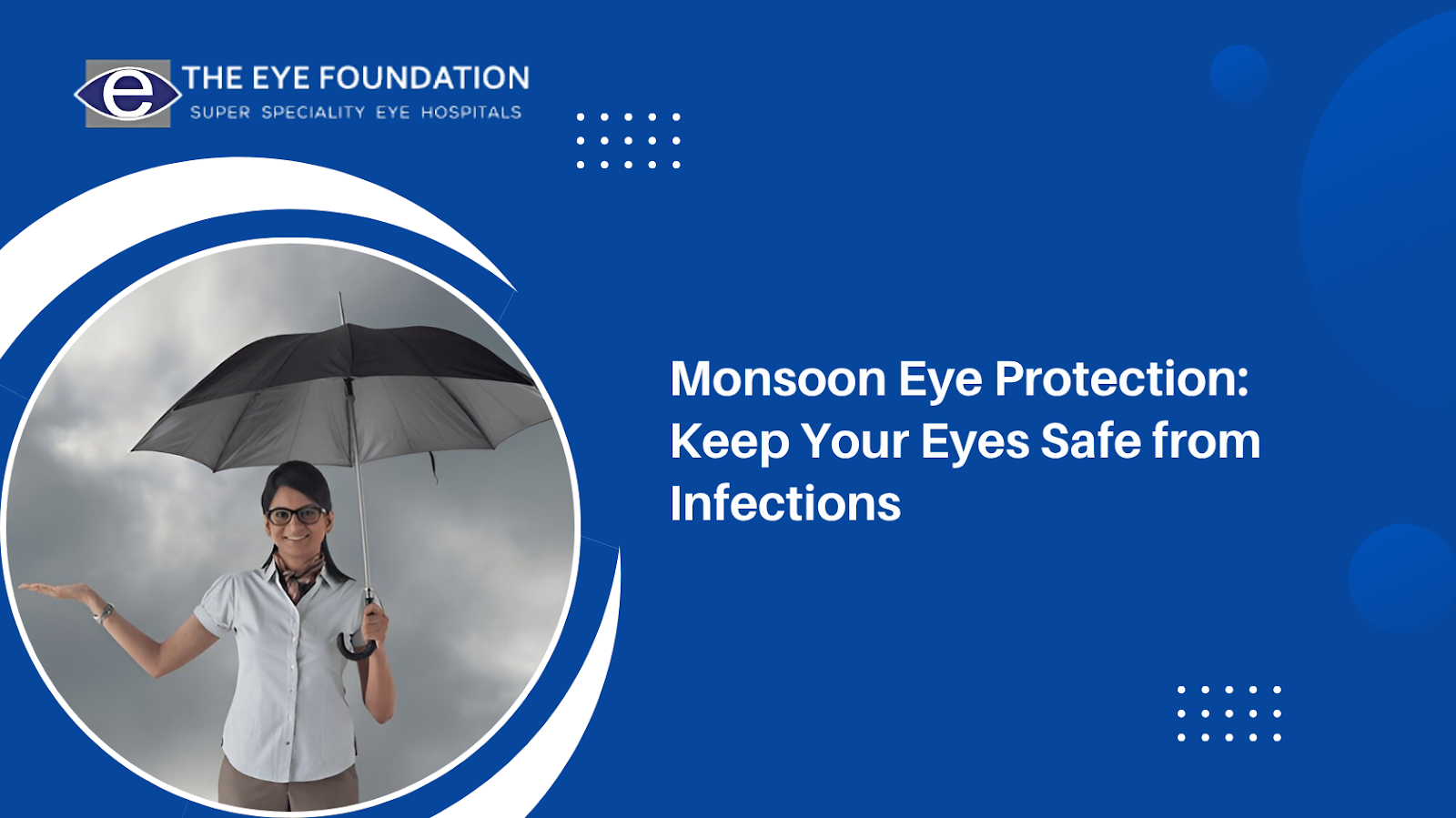Proliferative diabetic retinopathy (PDR) is a severe stage of diabetic retinopathy, a complication of diabetes that affects the blood vessels in the retina, the light-sensitive tissue at the back of the eye. In PDR, new blood vessels form on the surface of the retina, which can bleed into the vitreous gel that fills the eye. This bleeding can cause vision loss, and if left untreated, can lead to blindness.
Understanding Proliferative Diabetic Retinopathy
Diabetic retinopathy is a leading cause of vision loss in adults worldwide. It occurs when high blood sugar levels damage the blood vessels in the retina. Over time, these blood vessels become weakened and can leak or develop blockages. In PDR, these abnormal blood vessels can clog and break open, causing bleeding into the vitreous.
Symptoms of Proliferative Diabetic Retinopathy
The symptoms of PDR can vary depending on the severity of the condition. Some common symptoms include:
- Floaters: These are dark spots or specks that appear in your vision. They are caused by blood cells or other debris floating in the vitreous gel.
- Blurred vision: This is caused by bleeding in the vitreous gel, which can cloud your vision.
- Sudden vision loss: This is a serious symptom that can occur if a large amount of blood bleeds into the vitreous.
Diagnosing Proliferative Diabetic Retinopathy
If you have diabetes, it is important to have regular eye exams to check for diabetic retinopathy. Early detection and treatment can help prevent vision loss.
During an eye exam, your eye doctor will dilate your pupils and use a special magnifying glass to examine the retina. They will look for signs of diabetic retinopathy, such as bleeding, new blood vessels, or swelling in the retina.
Treating Proliferative Diabetic Retinopathy
There are two main types of treatment for PDR:
- Laser photocoagulation: This treatment uses laser light to seal off the abnormal blood vessels that are causing bleeding. This can help prevent further bleeding and vision loss.
- Vitrectomy: This is a surgical procedure that removes the blood from the vitreous gel. It is typically only recommended for people with severe bleeding or vision loss.
Preventing Proliferative Diabetic Retinopathy
The best way to prevent PDR is to manage your blood sugar levels carefully. This means following your doctor's treatment plan for diabetes, which may include diet, exercise, and medication.
It is also important to have regular eye exams to check for diabetic retinopathy. Early detection and treatment can help prevent vision loss.
Book an Appointment Today
If you have diabetes, it is important to be aware of the risks of PDR. Book an appointment with a vitreo-retinal specialist at The Eye Foundation today to get screened for diabetic retinopathy and discuss your treatment options.
The Eye Foundation: Your Vision is Our Priority
The Eye Foundation is a leading provider of comprehensive eye care services, including vitreo-retinal care. Our team of experienced vitreo-retinal specialists is dedicated to providing the highest quality care to patients with PDR.
We offer a variety of treatment options for PDR, including laser photocoagulation and vitrectomy. We will work closely with you to develop a treatment plan that is right for you.
Contact us today to schedule an appointment.






